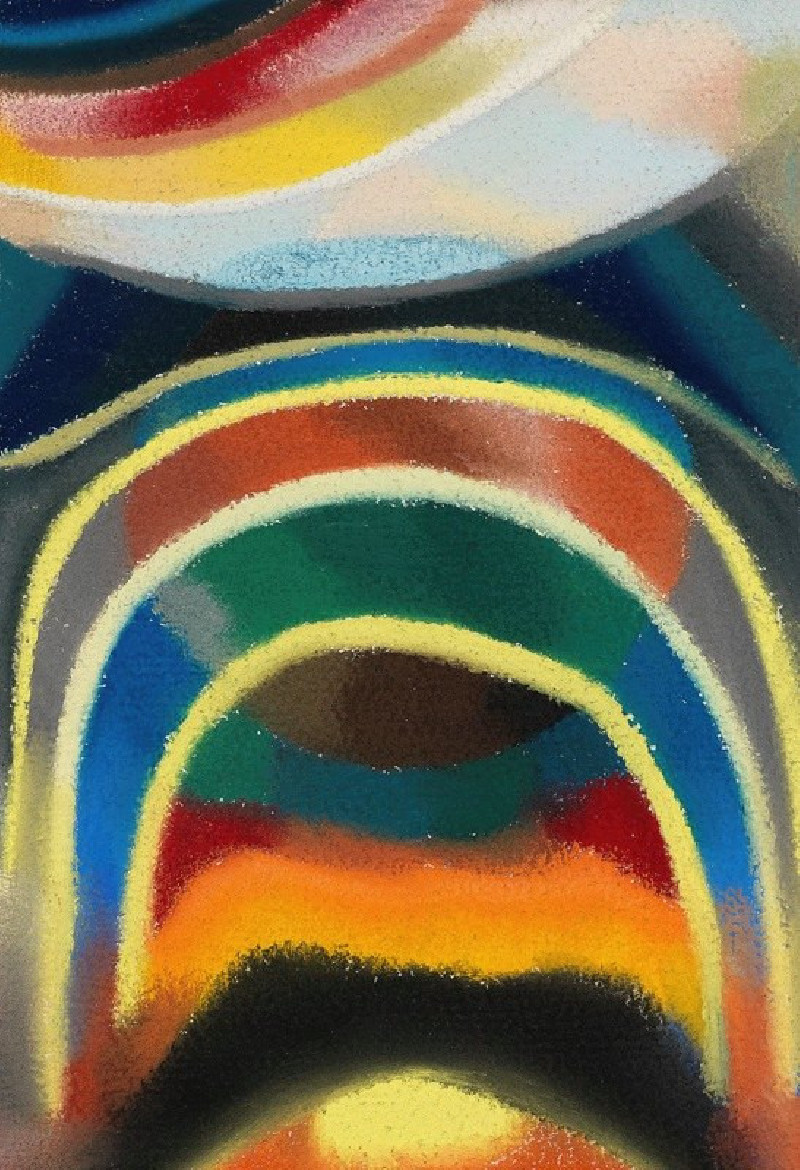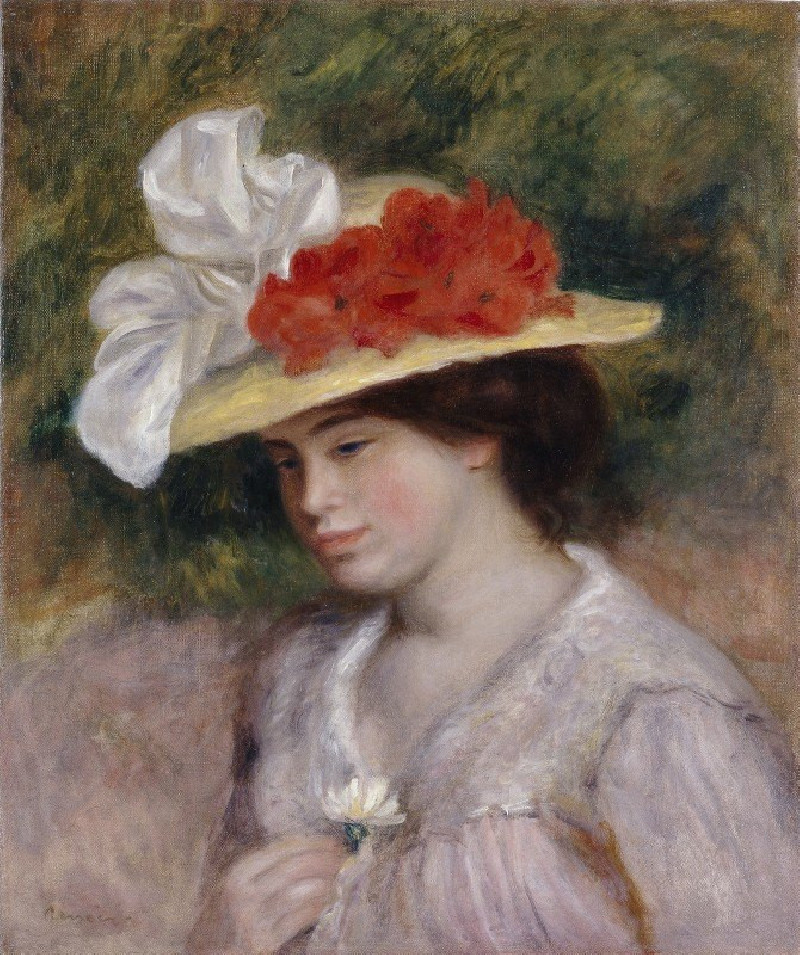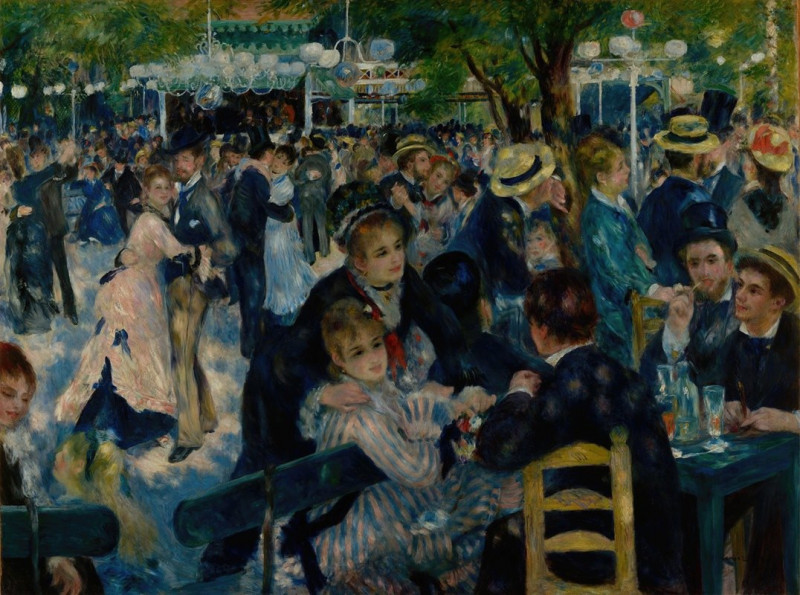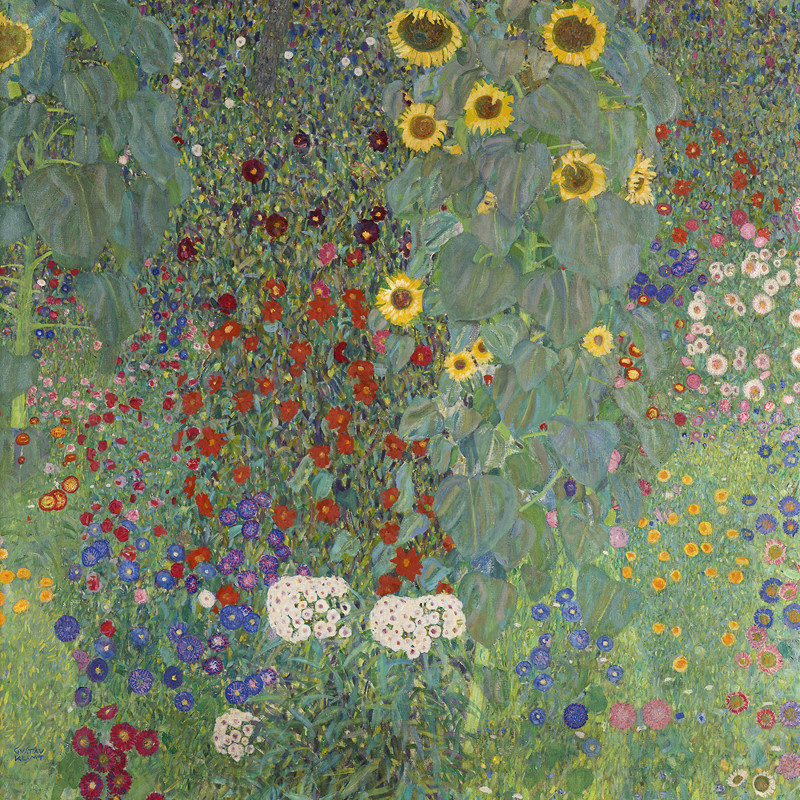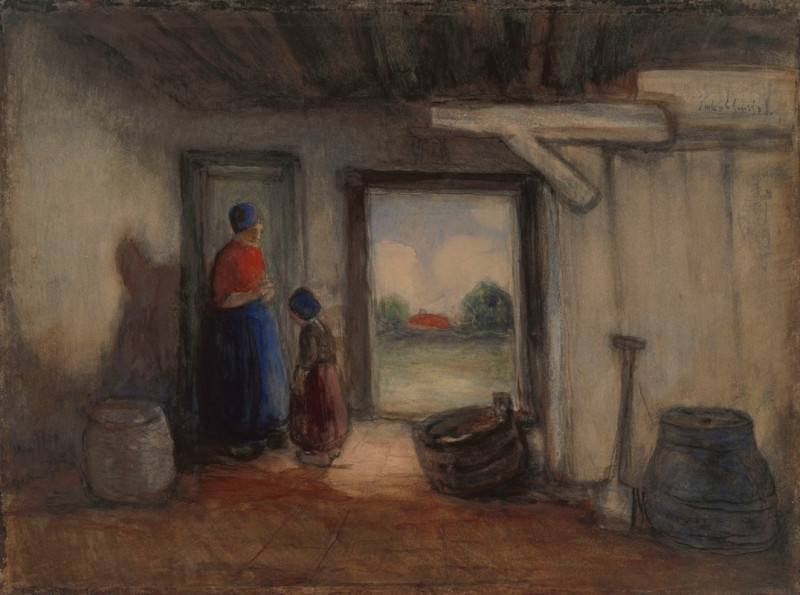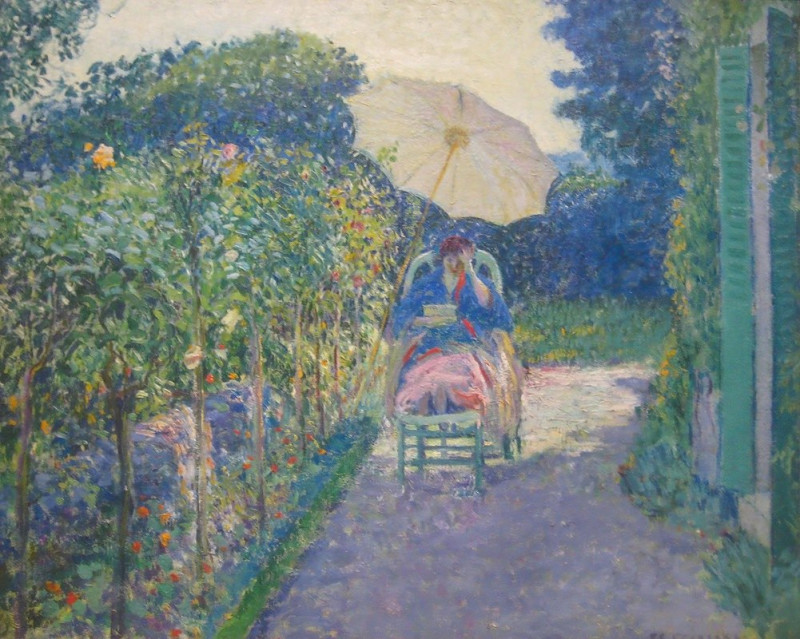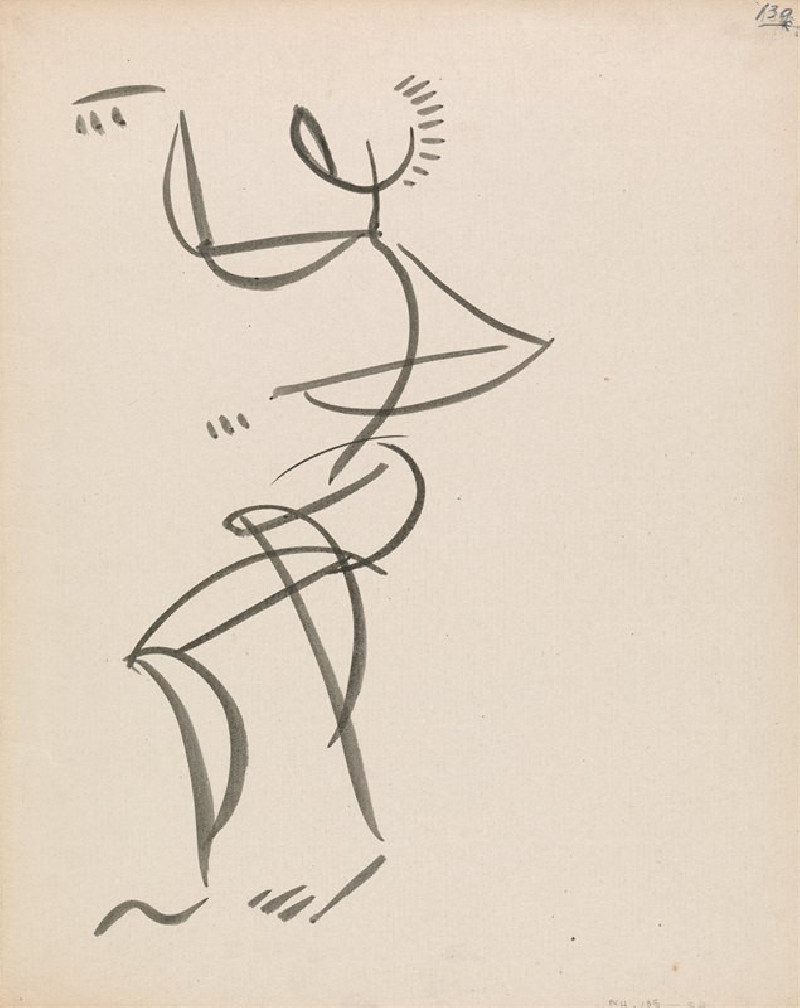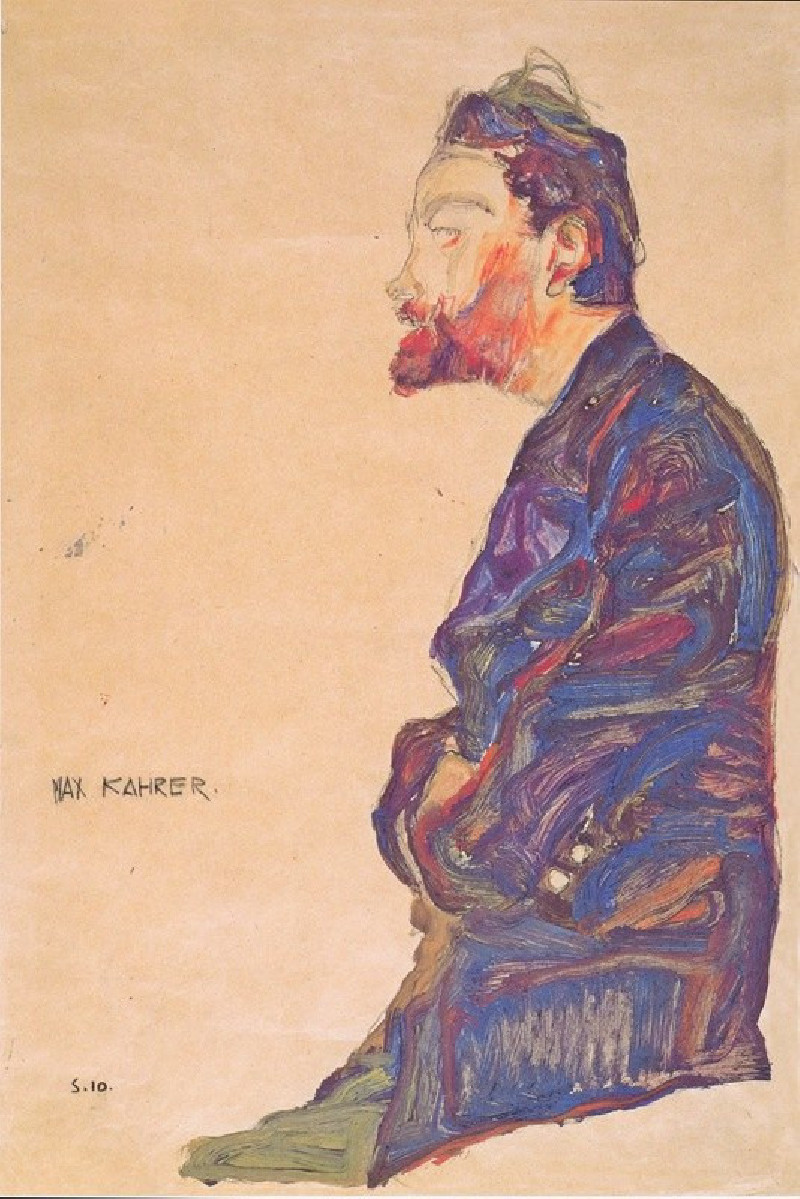Medint [sic] Abou [Medinet Habu], Thebes. Dec. 8th, 1838. (1846-1849)
Technique: Giclée quality print
Recommended by our customers
More about this artwork
David Roberts December 8th, 1838 WatercolourDavid Roberts' evocative watercolour, "Medinet Habu, Thebes," captures a serene yet poignant vista of the ancient mortuary temple situated in Thebes, modern-day Luxor, Egypt. Painted during Roberts’ extensive journey through Egypt in 1838, this artwork offers a unique visual account of early 19th-century Egyptology and exploration.In Roberts' composition, the foreground features expansive stretches of desert terrain, subtly coloured yet vividly detailed, leading the viewer's eye towards the architectural marvels nestled against the backdrop of towering, rugged mountains bathed in soft, ambient hues. The stark contrasts between the desolate foreground and the structured complexity of the temples help emphasize the grandeur and the enduring legacy of ancient civilizations.The painting is distinguished by its meticulous attention to detail and atmospheric perspective. Prominently, the majestic structure of Medinet Habu stands out, its massive walls and the outlines of pylons casting long shadows, suggesting early morning or late afternoon. Small figures, likely local inhabitants or travelers, populate the scene, providing a sense of scale and the bustle of daily life amidst monumental history.Narrated through subtle colour shifts and masterful brushwork, Roberts not only depicts a geographical location but also invokes a sense of timeless tranquility and the enduring spirit of antiquity.
Delivery
Returns
David Roberts (24 October 1796 – 25 November 1864) was a Scottish painter. He is especially known for The Holy Land, Syria, Idumea, Arabia, Egypt, and Nubia, a prolific series of detailed lithograph prints of Egypt and the Near East that he produced from sketches he made during long tours of the region (1838–1840). These and his large oil paintings of similar subjects made him a prominent Orientalist painter. He was elected as a Royal Academician in 1841.

![Medint [sic] Abou [Medinet Habu], Thebes. Dec. 8th, 1838. (1846-1849) reproduction of painting by David Roberts. ALL GICLEE P... Medint [sic] Abou [Medinet Habu], Thebes. Dec. 8th, 1838. (1846-1849) reproduction of painting by David Roberts. ALL GICLEE P...](https://reprodukcijos.lt/39163-large_default/reproduction-of-medint-sic-abou-medinet-habu-thebes-dec-8th-1838-1846-1849.jpg)
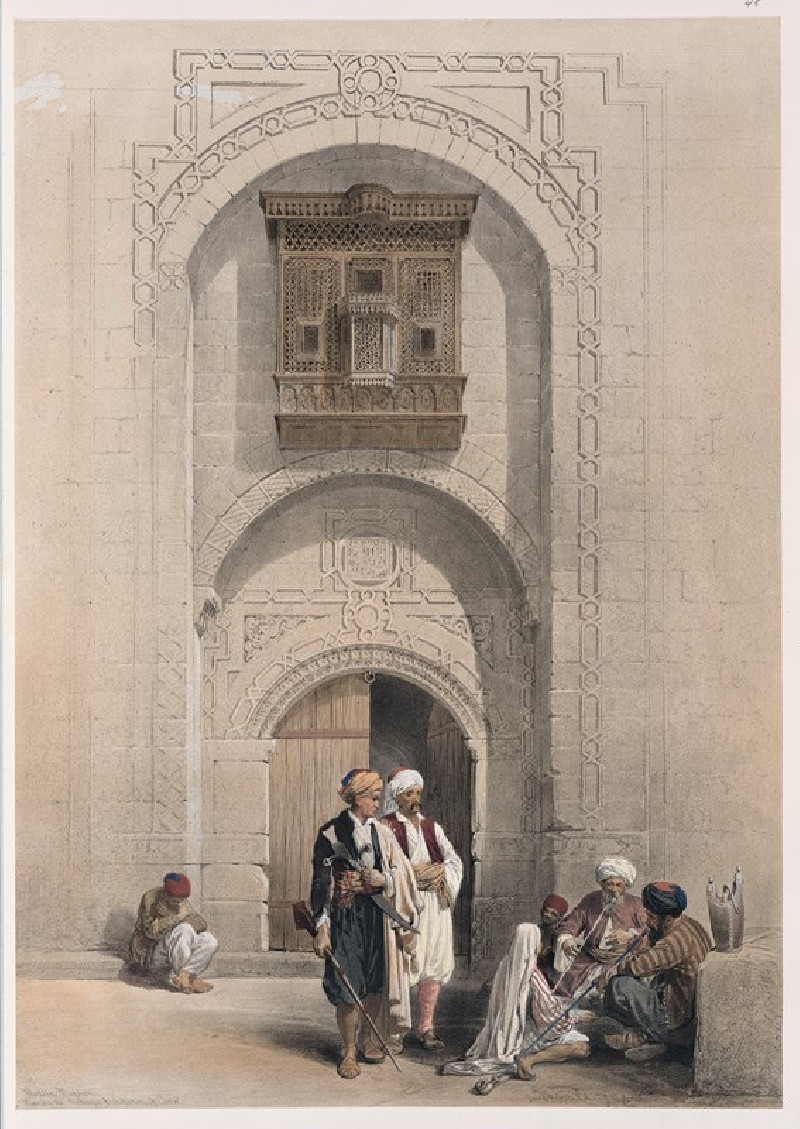
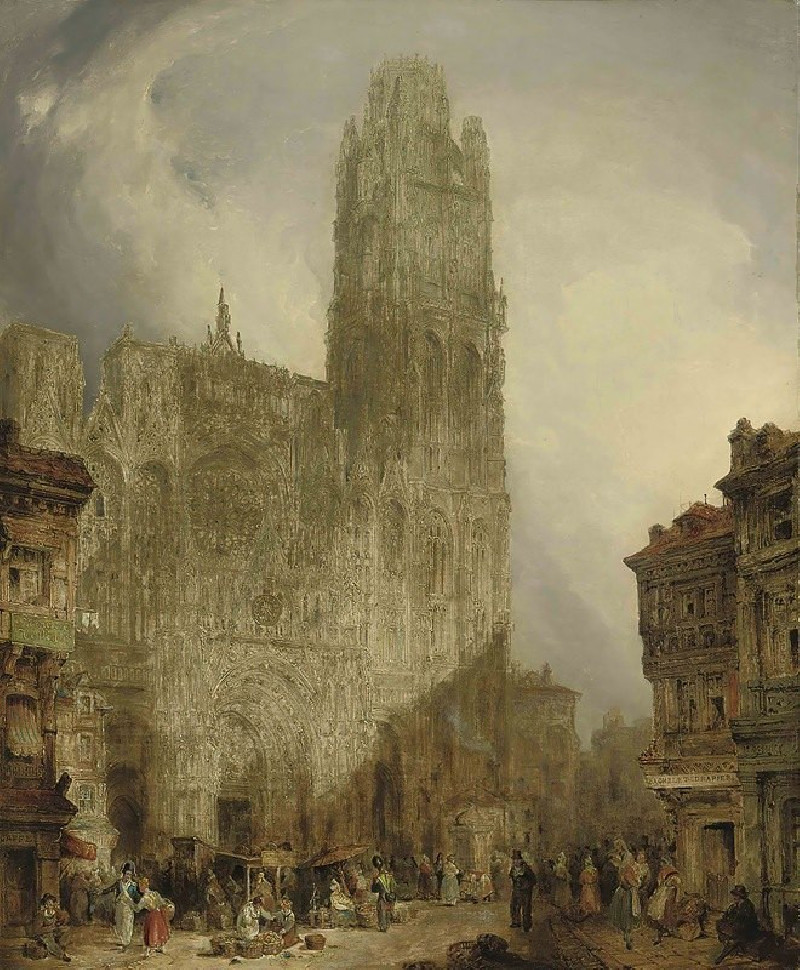
![Siout [Asyût]. Upper Egypt. (1846-1849) reproduction of painting by David Roberts. ALL GICLEE PRINTS](https://reprodukcijos.lt/39216-large_default/reproduction-of-siout-asyut-upper-egypt-1846-1849.jpg)
![Hermont [Armant], ancient Hirmonthis. Nov. 26th, 1838. (1846-1849) reproduction of painting by David Roberts. ALL GICLEE PRINTS](https://reprodukcijos.lt/39215-large_default/reproduction-of-hermont-armant-ancient-hirmonthis-nov-26th-1838-1846-1849.jpg)
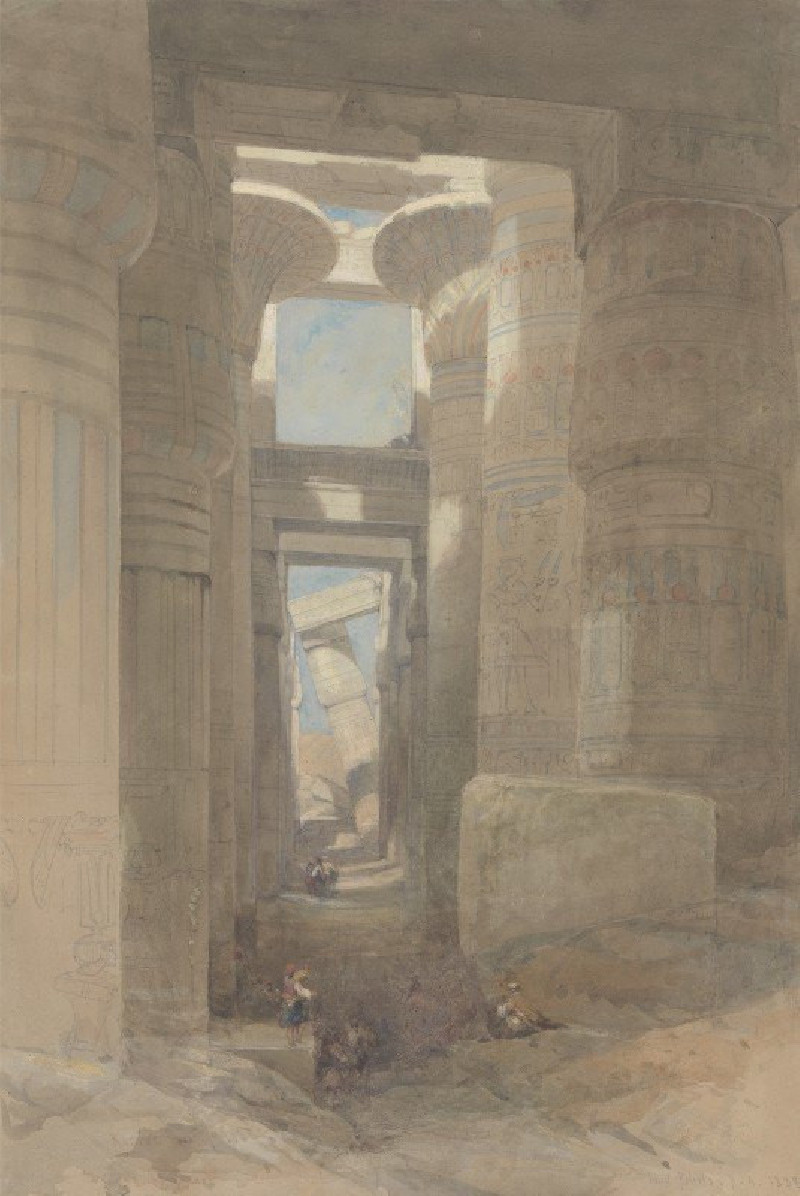
![Temple of Wady Saboua [Wadi al-Sabua], Nubia. (1846-1849) reproduction of painting by David Roberts. ALL GICLEE PRINTS](https://reprodukcijos.lt/39213-large_default/reproduction-of-temple-of-wady-saboua-wadi-al-sabua-nubia-1846-1849.jpg)
![Portico of the Temple of Edfou [Idfû], Upper Egypt. Nov. 23rd, 1838. (1846-1849) reproduction of painting by David Roberts. A...](https://reprodukcijos.lt/39212-large_default/reproduction-of-portico-of-the-temple-of-edfou-idfu-upper-egypt-nov-23rd-1838-1846-1849.jpg)
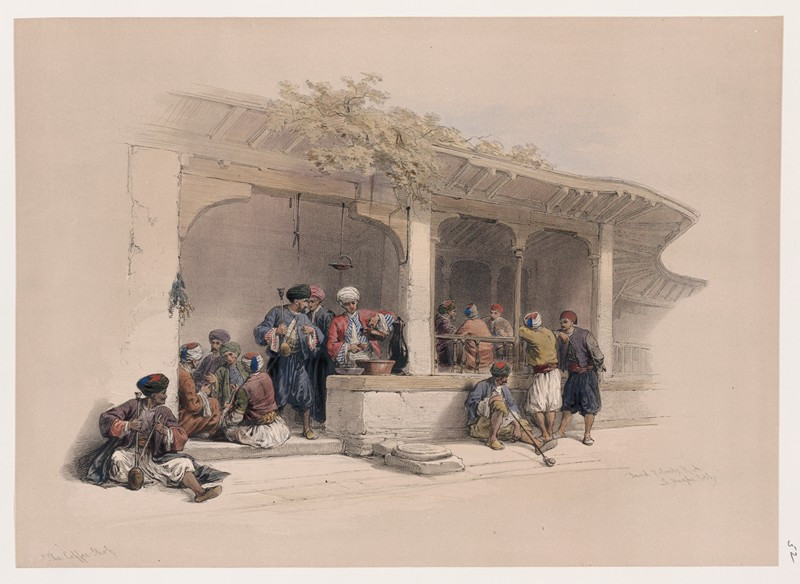

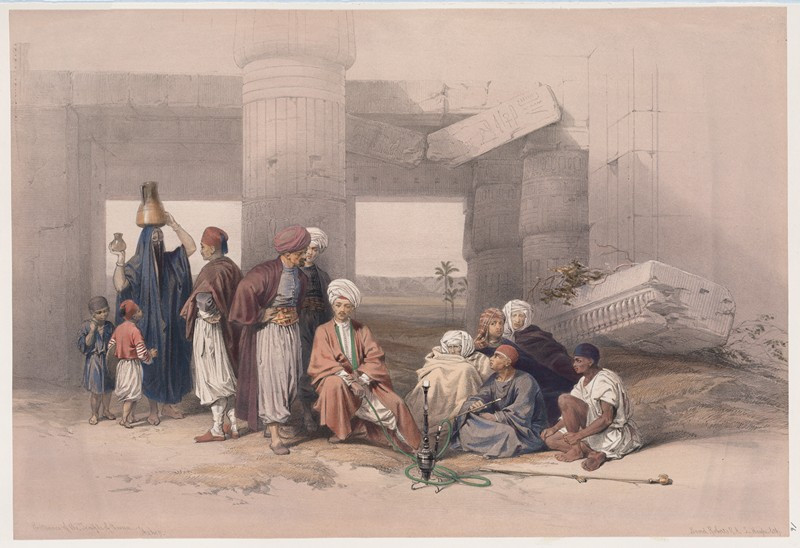
![Edfou [Edfu, Idfû]. Nov. 24th, 1838. (1846-1849) reproduction of painting by David Roberts. ALL GICLEE PRINTS](https://reprodukcijos.lt/39208-large_default/reproduction-of-edfou-edfu-idfu-nov-24th-1838-1846-1849.jpg)
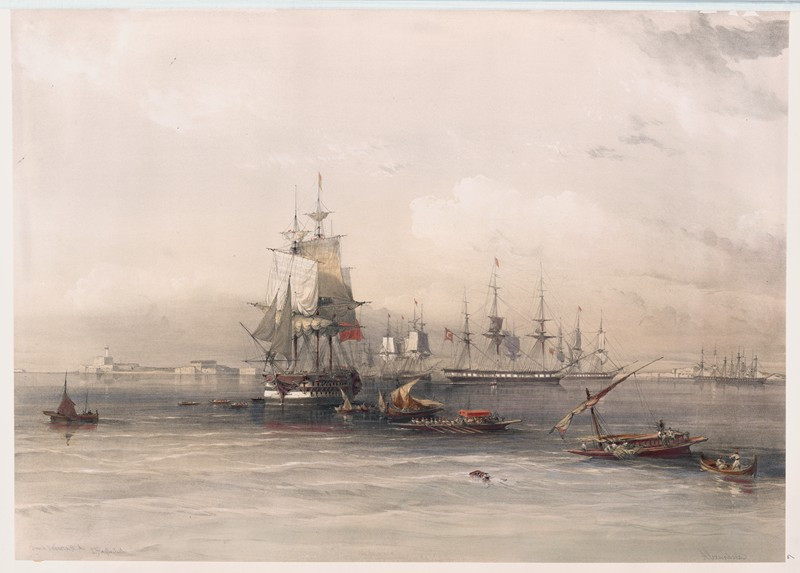
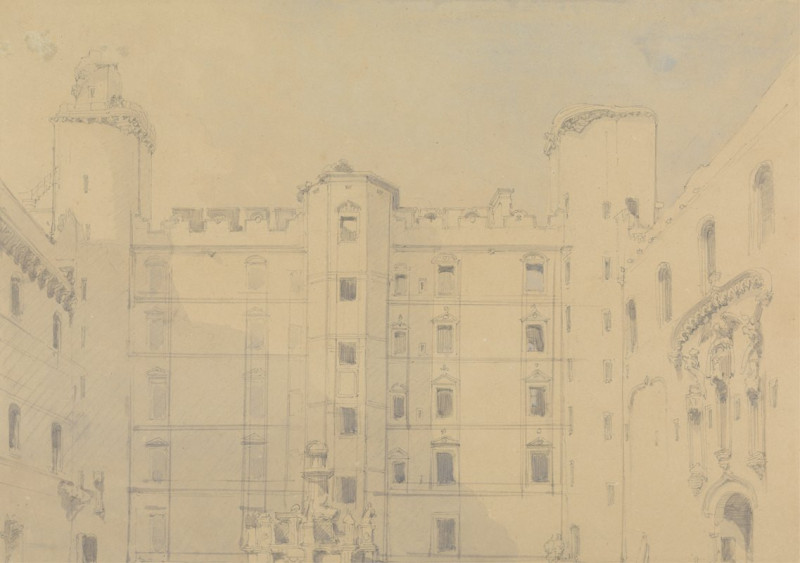
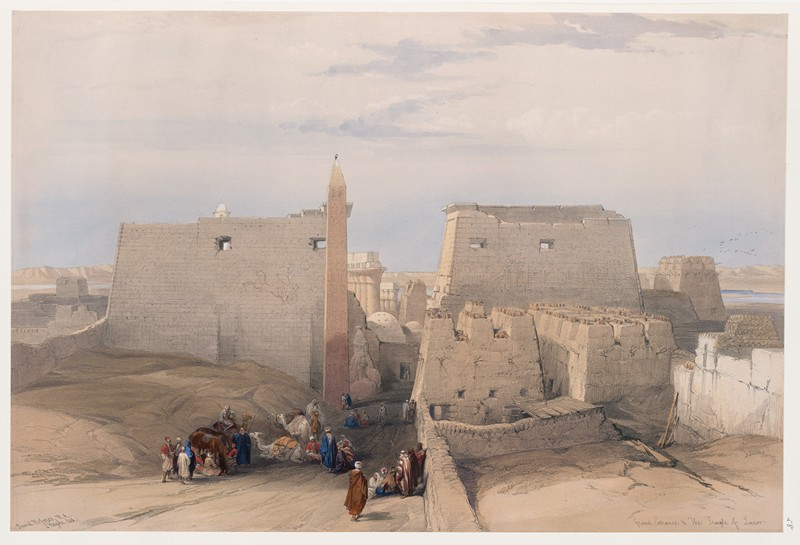

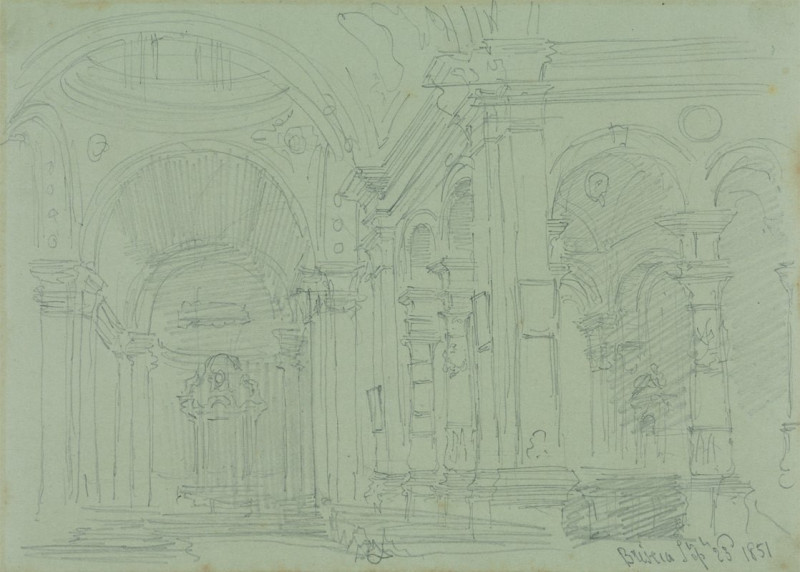
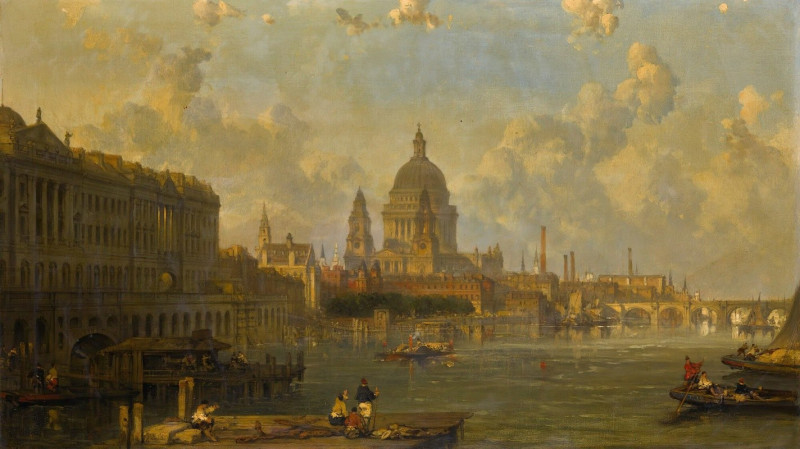
![Temple of Kalabshee [Kalabsha, Kalâbishah], Nubia. Nov. 1838. (1846-1849) reproduction of painting by David Roberts. ALL GICL...](https://reprodukcijos.lt/39201-large_default/reproduction-of-temple-of-kalabshee-kalabsha-kalabishah-nubia-nov-1838-1846-1849.jpg)
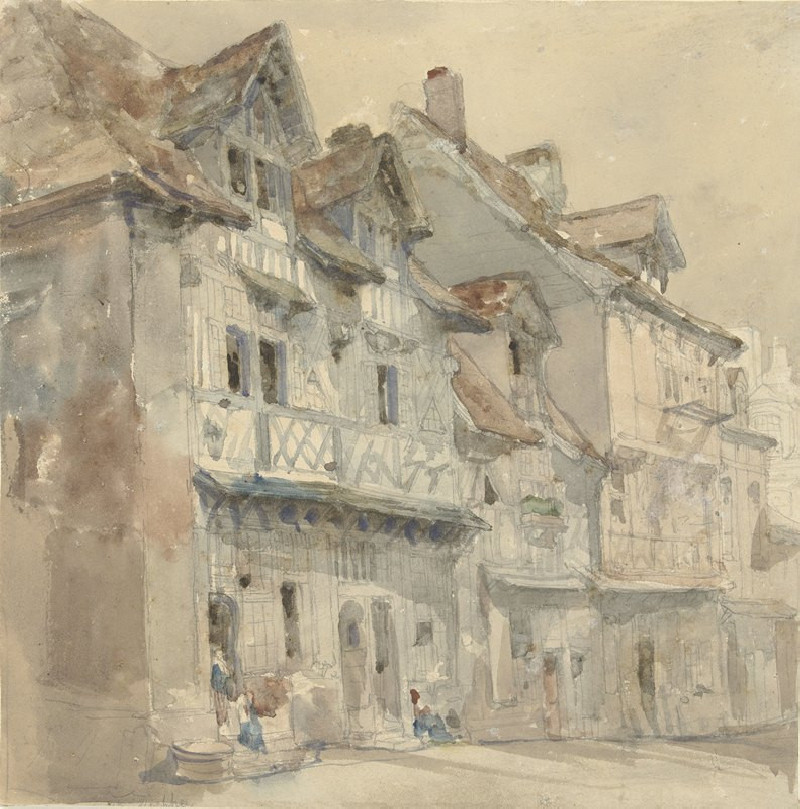
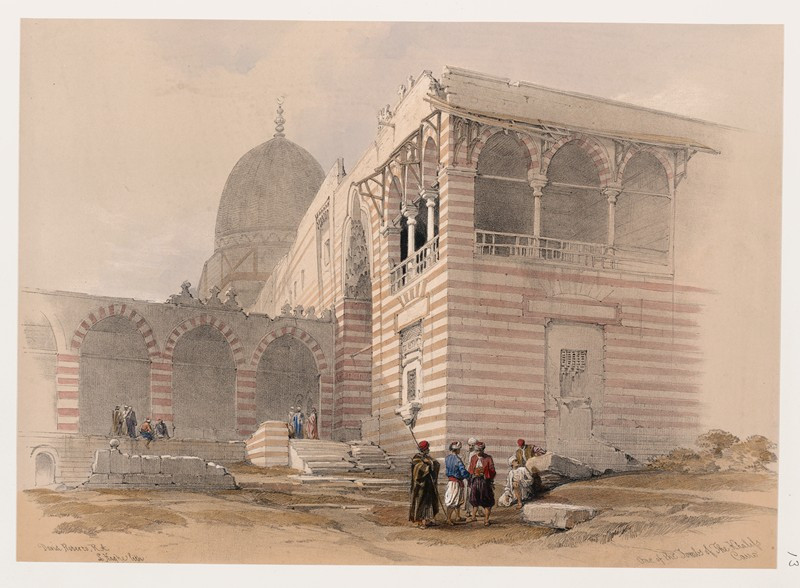

![Ruins of the Temple of Kardeseh [Qirtâsî], Nubia. (1846-1849) reproduction of painting by David Roberts. ALL GICLEE PRINTS](https://reprodukcijos.lt/39187-large_default/reproduction-of-ruins-of-the-temple-of-kardeseh-qirtasi-nubia-1846-1849.jpg)
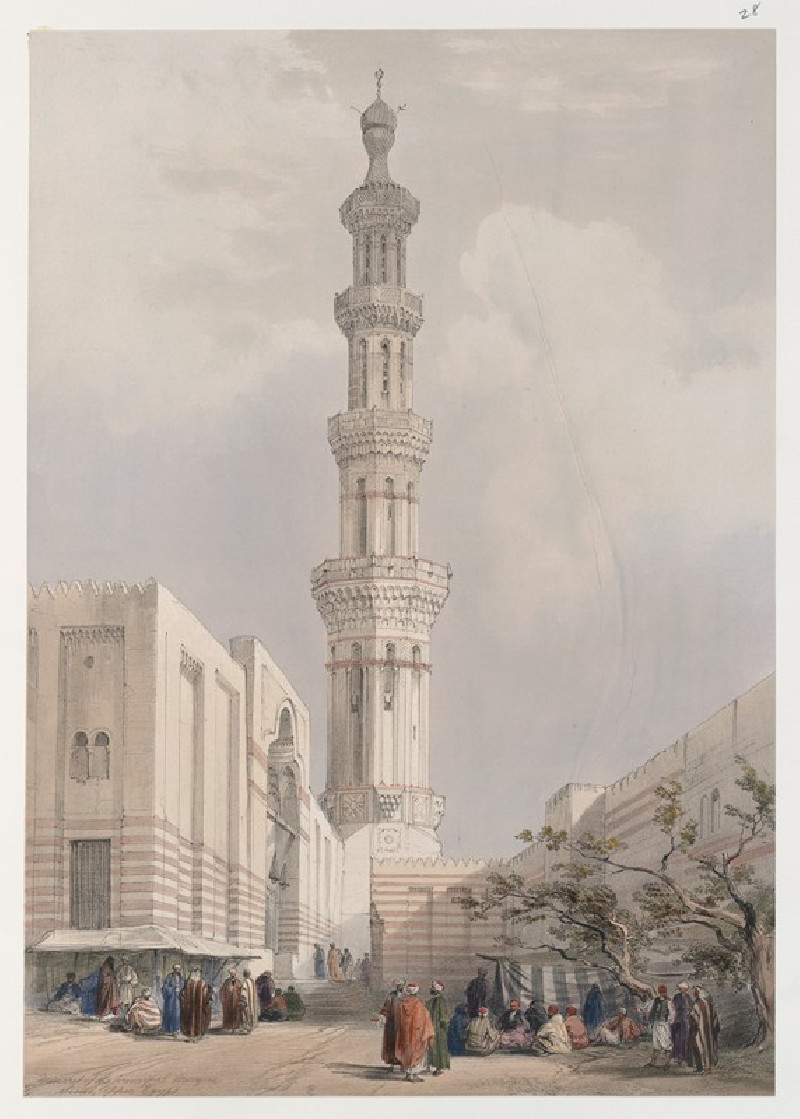
![Pyramids of Geezeh [Giza]. (1846-1849) reproduction of painting by David Roberts. ALL GICLEE PRINTS](https://reprodukcijos.lt/39185-large_default/reproduction-of-pyramids-of-geezeh-giza-1846-1849.jpg)
![Excavated temples of Aboosimble [Abû Sunbul], Nubia. (1846-1849) reproduction of painting by David Roberts. ALL GICLEE PRINTS](https://reprodukcijos.lt/39184-large_default/reproduction-of-excavated-temples-of-aboosimble-abu-sunbul-nubia-1846-1849.jpg)

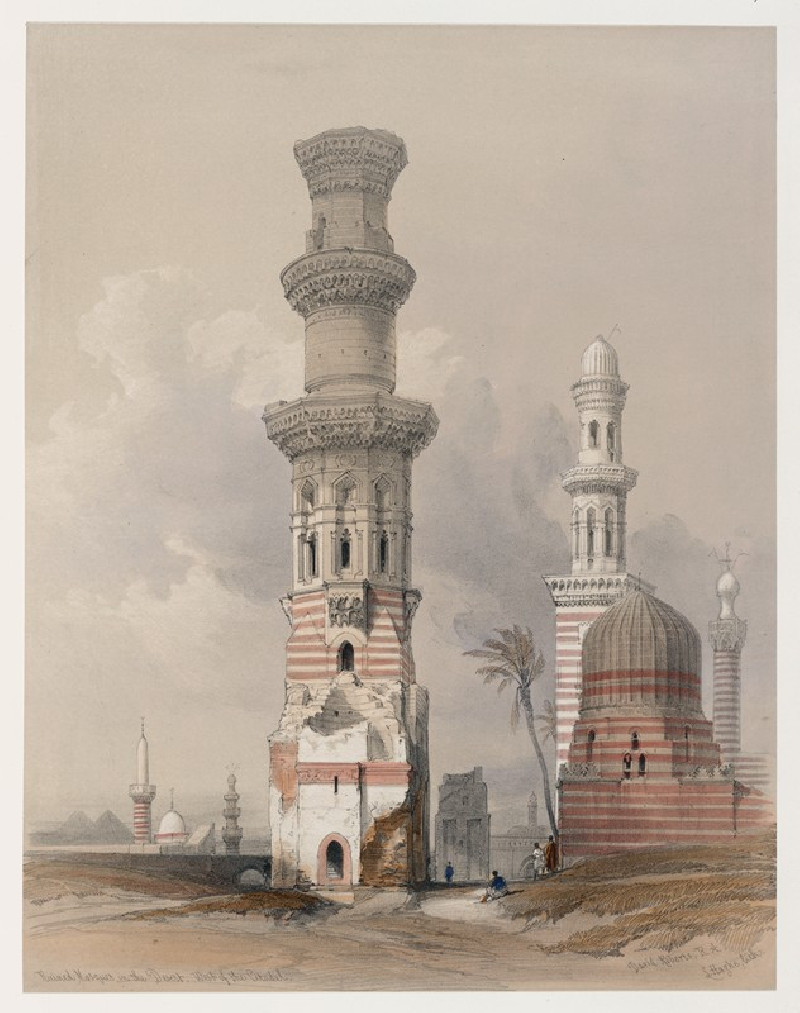


![Dayr el Medeeneh [Dayr al-Madînah], Thebes. (1846-1849) reproduction of painting by David Roberts. ALL GICLEE PRINTS](https://reprodukcijos.lt/39182-large_default/reproduction-of-dayr-el-medeeneh-dayr-al-madinah-thebes-1846-1849.jpg)
